

9:00 pm IST - 10:30 pm IST
Past Event
Content from the Brookings Institution India Center is now archived. After seven years of an impactful partnership, as of September 11, 2020, Brookings India is now the Centre for Social and Economic Progress, an independent public policy institution based in India.
The global drug policy must allow for experimentation in order to better determine which would work best in eliminating the drug problem.
Brookings India in collaboration with the Brookings Institution, Washington, D.C., organised a discussion on the 2016 Global Drug Policy Review. The panel featured Vanda Felbab-Brown, Senior Fellow, Foreign Policy, Brookings Institution; Sheldon Zhang, Professor of Sociology, San Diego State University; Harold Trinkunas, Senior Fellow and Director, Latin America Initiative, Brookings Institution; and R.R. Bhatnagar, Director General, Narcotics Control Bureau, Government of India. The panel was moderated by Shamika Ravi, Fellow, Brookings India.
As the world prepares for the April 2016 United Nations Special Session of the General Assembly on the World Drug Problem (UNGASS 2016), the global counter-narcotics regime faces many common challenges, leading states across the globe to assess their drug policies. An increasing number of countries in the Americas and Western Europe now find an emphasis on punitive approaches to illicit drug use to be problematic and are asking for reform. Yet critical players such as Russia, China, and many others in Asia remain committed to existing approaches.
The divergence amongst countries is primarily because the major players who created this regime and pushed it forward for many years no longer agree on the way forward – with the major cause of difference being the United States’ change in policy. There is confusion in the U.S. over this issue, particularly due to the changes at the state level (legalising marijuana use) which the U.S. is still grappling with. At this stage the U.S. cannot play the role of the world’s toughest drug enforcer, resulting in the war on drugs receding into the past.
Since the last UNGASS a few years ago, a lot has changed in the drug trade. The nature of the drug trade has changed – it has become more transnational, therefore the traditional North-South framework of the issue has tended to break down. The distinction between producing, consuming, and shipping countries has fallen apart. For example, Argentina and Brazil had primarily been trans-shipping countries but are now seeing a lot of production of synthetic drugs as well. Also, the nature of payment for drug shipment across countries is through the use of drugs which results in the creation of a secondary market for drugs.
There has been an increased reforms push from Latin American countries, primarily because of drug-related violence. This, however, is different from East Asia where the issues are more on the use side – how to deal with the costs and arms of use. This results in a lack of consensus amongst states. Hence, the issue going forward is in understanding what flexibility exists within the regimes to implement new measures.
China’s drug problem
China is facing a serious drug problem with the Chinese government having a slow and ambivalent approach to moving towards harm reduction. In the early 1950s China almost eradicated drug abuse through harsh measures such as mass executions and locking up drug addicts in labour camps. However, in the late 1980s when the Chinese economy opened up and outside trade increased, drugs started flooding the Chinese market. The total number of drug users in China has seen a rising trend, with an increase also being seen in the total tonnage of drugs being seized by the police.
China’s drug supply comes primarily from a single source, Myanmar, which accounts for over 90% of all illicit drugs flowing into China. A major reason for this is the history of cross-border commerce between both countries. Communities in both countries are very close-knit with extremely porous borders. Government reach in remote areas is very limited and the areas are mostly controlled by local warlords and drug trafficking rings.
China’s characteristics of drug trafficking are very different from Latin America. There are no large scale drug trafficking activities controlled by large cartels, and there is no visible neighbourhood-based drug distribution networks of gangs, or any violent confrontation of rivalry among drug trafficking gangs. Armed confrontations are only heard of between the police and drug traffickers, which are a result of the strict penalty for drug trafficking. The majority of drugs in China are transported through mules in small quantities. Most drug traffickers in China are entrepreneurs who maintain their own networks – this is an adaptation to a socio-legal environment which is very intolerant of any organisations which are not approved by the government.
In recent years, there has been a noticeable shift in China towards harm reduction and public health approach in tackling its drug problem. The shift however, is very minute and the old policies of the death penalty and labour camps are still widely in use.
Drugs in Afghanistan
The goal of the current drug regime to get to zero drugs in the next decade must be abandoned as it is unrealistic and distorts policies to vote suppression which is not only ineffective but harmful. The focus should instead be on how to mitigate the threats and harms resulting from drug trade; not just public health issues but also social and security threats.
Afghanistan faces an unprecedented drug crisis, with between 30 and 50 per cent of the country’s GDP coming from drug production. It is hard to have power in Afghanistan without having some relationship to the drug economy.
Economic development and alternative livelihoods should be focused on areas that are stable, which itself is difficult because then people in the most conflicted areas in the country will not qualify for foreign aid.
2016 Global Drug Policy
There are certain measures which have come under review from countries;
With the divergence in opinions and circumstances in countries, the drug policy must be adapted to local circumstances and allow for experimentation of various measures in order to better determine which would work best in eliminating the drug problem. Methods to reduce drug trade must be done in ways which strengthen the legitimacy of the states in order to reduce the costs to individuals and societies.
Read also Vanda Felbab-Brown’s paper on Afghanistan, Sheldon Zhang’s paper on China, as well as other Brookings papers on “Improving global drug policy” here.
Background
India faces a range of challenges associated with illegal drugs: narcoterrorism, illegal cultivation of opium poppy and marijuana, the diversion of legal opium into the illegal trade, and rising drug use. India has witnessed a whopping 455% increase in drug hauls over three years from 2011 to 2013. The recent terrorist attacks in Gurdaspur area of Punjab and the Pathankot airbase are bringing to light a nexus between corrupt security personnel and trans-border criminals.
As the world prepares for the April 2016 United Nations Special Session of the General Assembly on the World Drug Problem (UNGASS 2016), the global counternarcotics regime faces many of the same challenges, leading states across the globe to assess their drug policies. An increasing number of countries in the Americas and Western Europe now find the regime’s emphasis on punitive approaches to illicit drug use to be problematic and are asking for reform. Yet critical players such as Russia, China, and many others in Asia remain committed to existing approaches.
As India and the international community debate how to move forward, Brookings Senior Fellows Vanda Felbab-Brown and Harold Trinkunas have pulled together top experts to evaluate drug policies. The project “Improving Global Drug Policy: Comparative Perspectives and UNGASS 2016” has produced a series of policy briefs examining the threats and harms resulting from drug use, drug trade, and anti-drug policies themselves. The briefs analyse the impacts on national security and terrorism, violent crime, political corruption, economic development, public health, and human rights.
Moderator
Shamika Ravi, Fellow
Brookings India
Panellists
KK Bhatnagar
Director-General,
Narcotics Control Bureau
Government of India
Vanda Felbab-Brown
Senior Fellow,
Foreign Policy, The Brookings Institution
Sheldon Zhang
Professor of Sociology
San Diego State University
Harold Trinkunas
Senior Fellow and Director,
Latin America Initiative, Foreign Policy
The Brookings Institution
Like other products of the Brookings Institution India Center, this report is intended to contribute to discussion and stimulate debate on important issues. The views are those of the author.
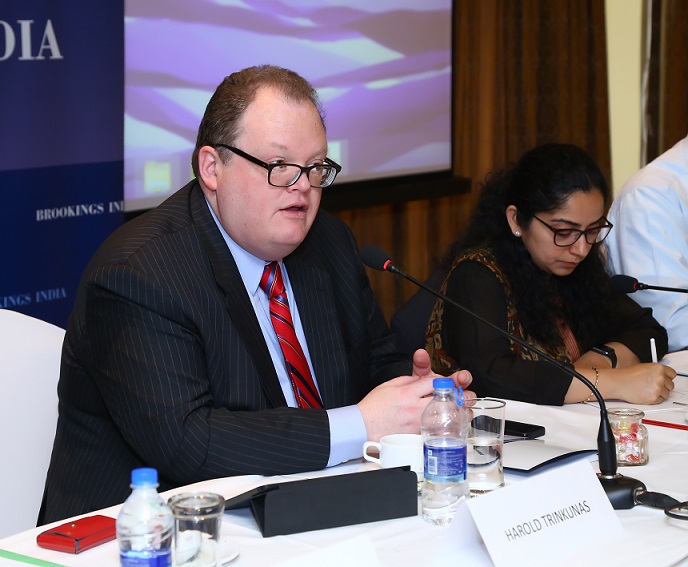
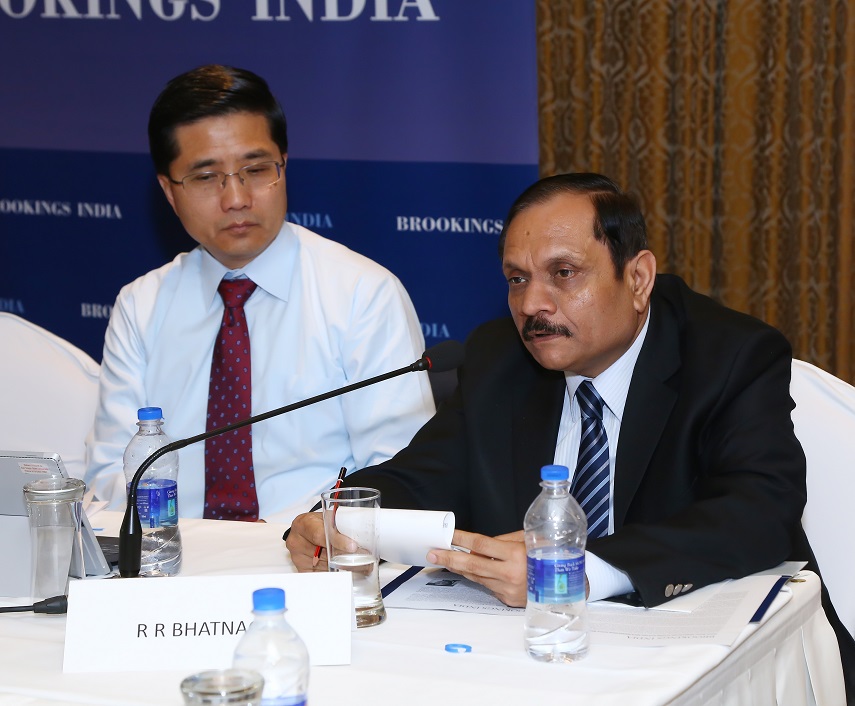
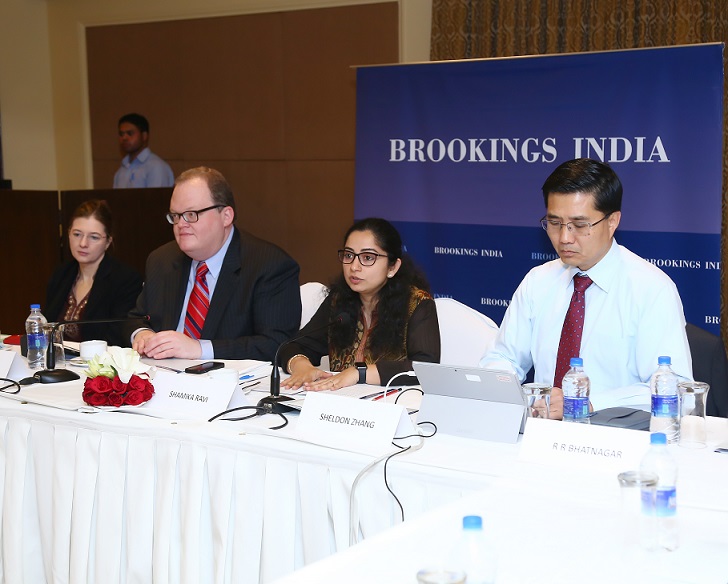
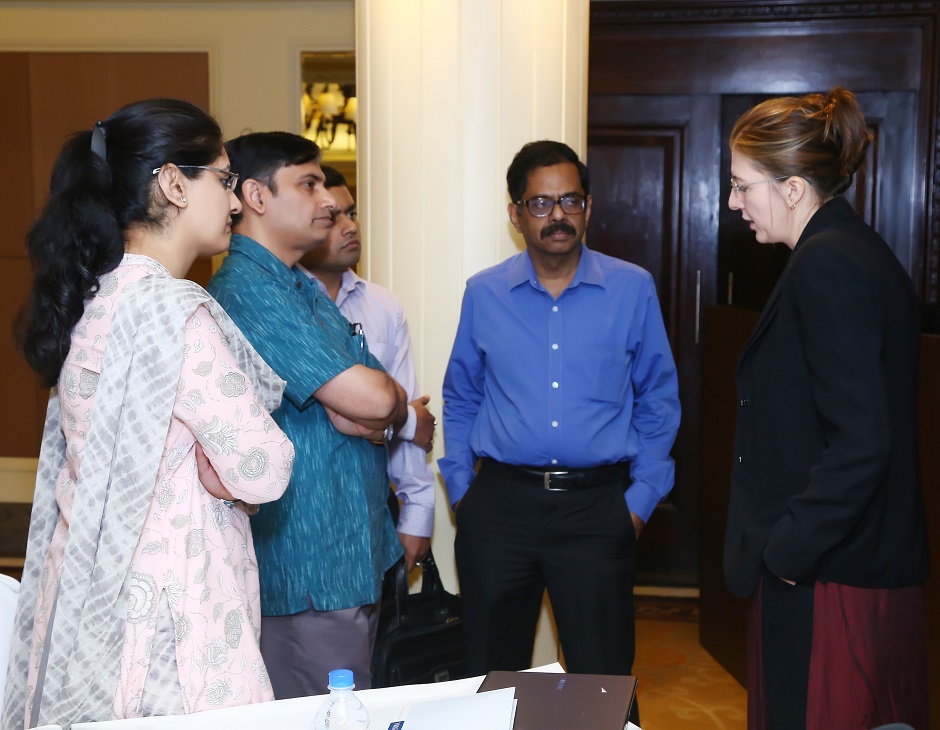
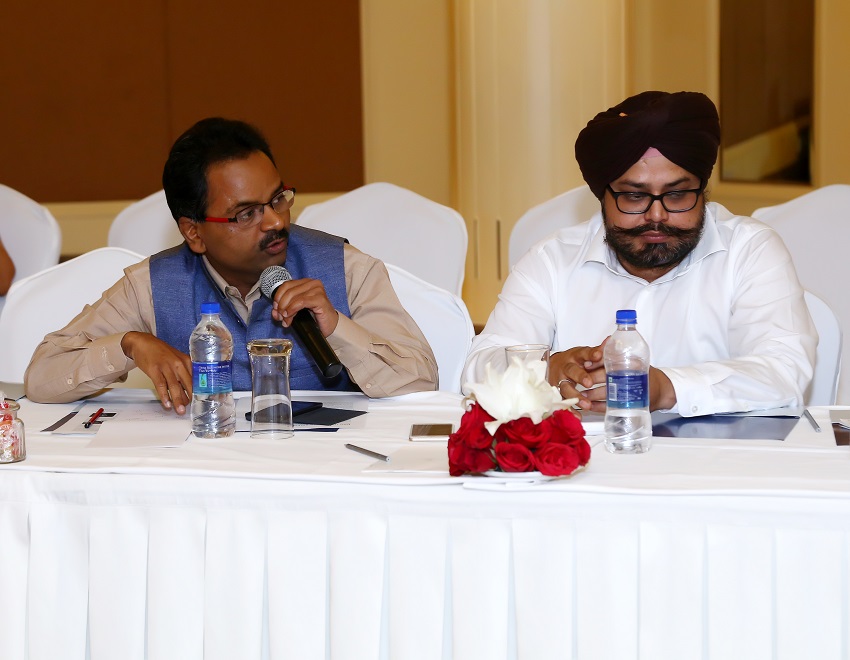
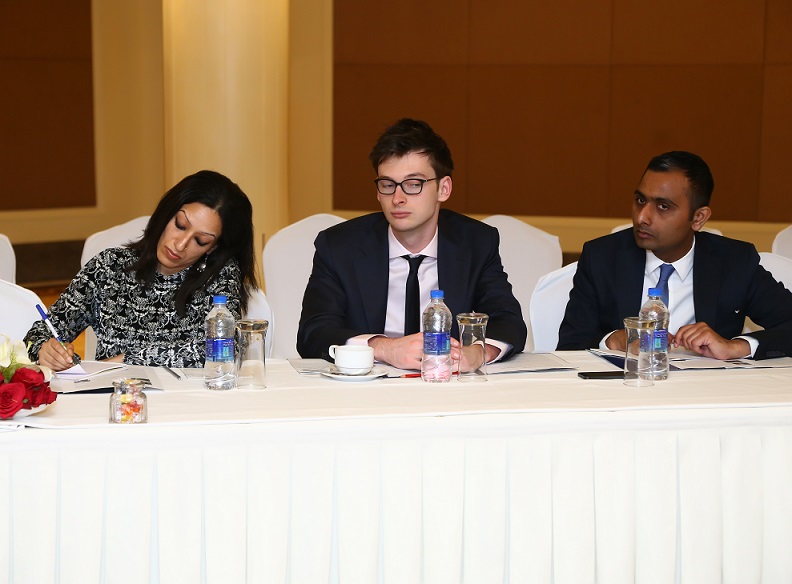
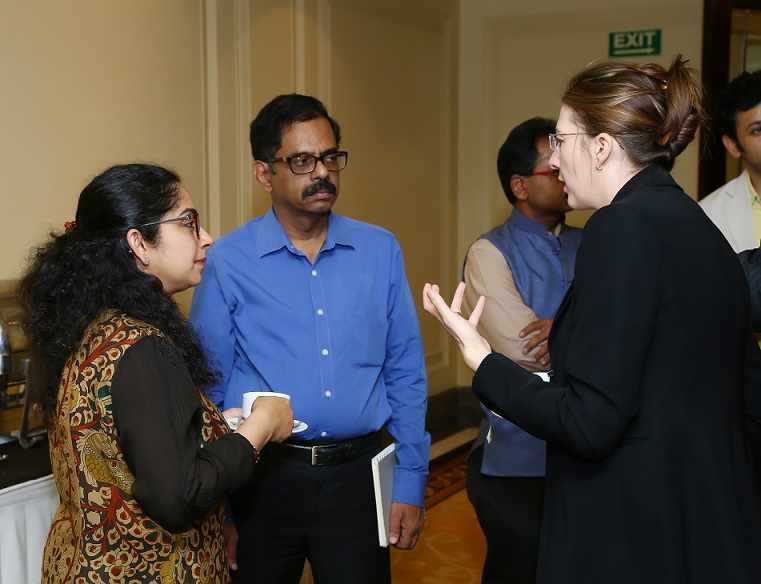

Rahul Tongia, Anurag Sehgal, Puneet Kamboj
2020
Online Only
3:00 am - 4:40 am IST

Saneet Chakradeo
August 18, 2020